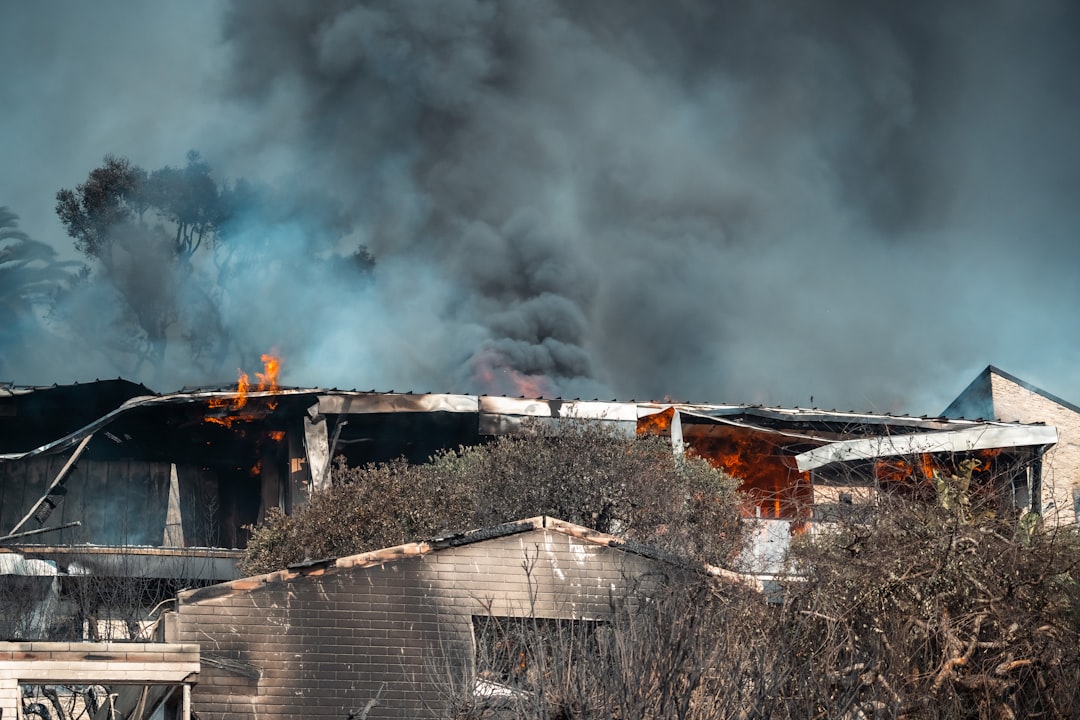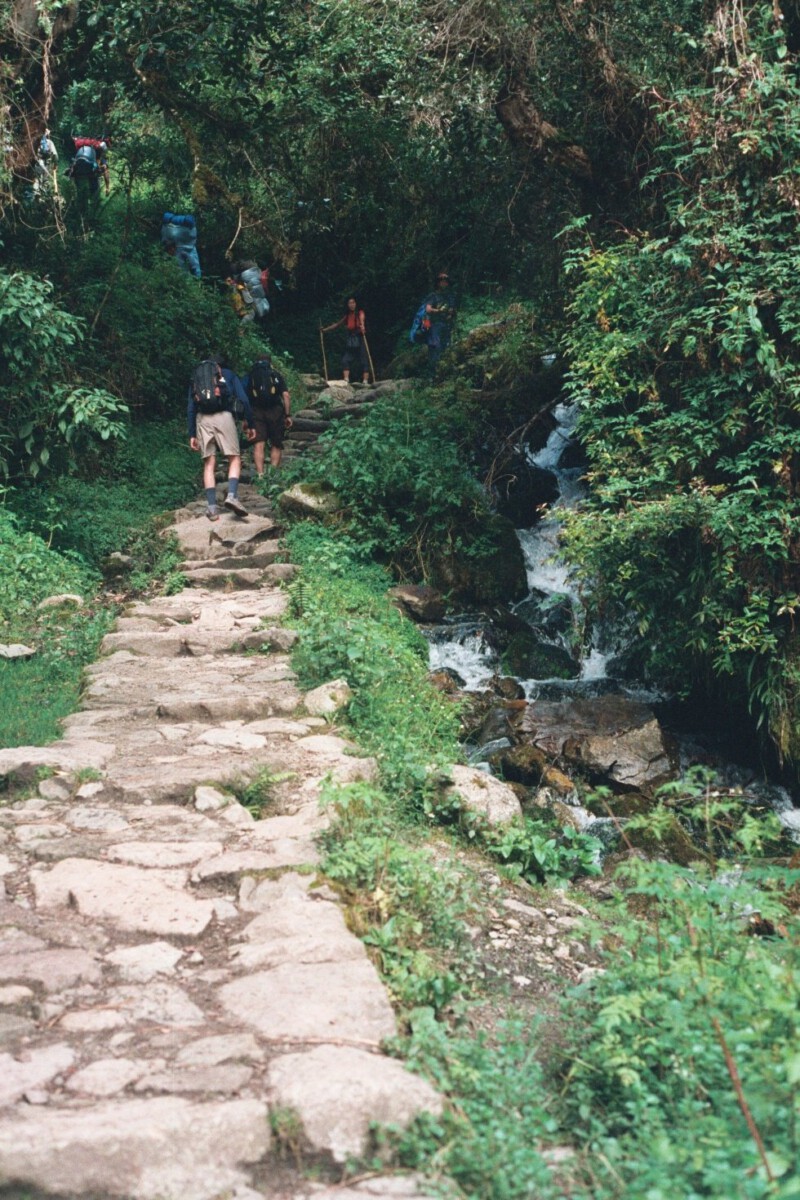A Survey That Lays Bare the Crisis (Image Credits: Unsplash)
Under the relentless Southern California haze, families in scorched neighborhoods cling to whatever normalcy they can muster from motel rooms and borrowed spaces.
A Survey That Lays Bare the Crisis
Imagine losing your home and still not finding a way back after nearly a year – that’s the harsh reality hitting fire survivors in Los Angeles County. A recent survey by the Department of Angels reached out to over 2,300 people affected by the January wildfires, painting a grim picture of displacement. The numbers hit hard: eight out of ten folks in Altadena haven’t stepped foot in their rebuilt or remaining homes, while in Pacific Palisades, it’s a staggering nine out of ten.
This isn’t just data; it’s lives on hold. Many are bouncing between temporary housing, facing rent hikes and utility shutoffs that compound the trauma. Recovery feels like a distant dream when basic shelter remains elusive.
Altadena’s Everyday Heroes Facing Endless Hurdles
Altadena, with its tight-knit communities of working families, got slammed by the Eaton fire, turning quiet streets into zones of uncertainty. Residents here, often middle-class renters and owners alike, are dealing with slower insurance payouts and tangled permitting processes that drag on for months. One common thread in local accounts is the frustration of watching debris pile up while life stalls.
Financially, it’s a squeeze. Lost wages from disrupted jobs mix with rising costs for storage and interim lodging, pushing some to the brink. Yet, community support groups are stepping up, offering everything from food drives to legal aid clinics to ease the burden.
Pacific Palisades: Even Affluence Can’t Speed Up Rebuilding
In the upscale hills of Pacific Palisades, the flames didn’t discriminate, torching multimillion-dollar estates alongside family homes. Despite deeper pockets for some, nine in ten residents surveyed say they’re still away, citing toxic cleanup delays and strict building codes as major roadblocks. Cleanup crews move at a snail’s pace, leaving properties as eerie shells under tarps.
The wealth gap shows in recovery too. While a few hire private teams to accelerate debris removal, most grapple with the same bureaucratic maze, leading to out-of-pocket expenses that drain savings fast. Stories circulate of elderly owners selling off scorched lots just to move on, a heartbreaking concession to the fires’ long shadow.
The Money Crunch That’s Deepening the Divide
Beyond housing, the financial ripple effects are brutal across both areas. Wildfire recovery isn’t cheap – think emergency funds drying up, credit card debt for daily needs, and insurance battles that drag into endless appeals. County analyses project losses between $5 billion and $10 billion over the next few years, hitting local jobs in retail and construction hardest.
For many, this means tough choices: dipping into retirement savings or taking side gigs just to cover basics. In diverse Altadena, low-income families feel it most, while Palisades residents worry about skyrocketing rebuild costs outpacing insurance caps.
Rebuilding Roadblocks and Glimmers of Hope
Permitting woes top the list of obstacles, with state and local rules slowing everything from debris clearance to new foundations. In both neighborhoods, private contractors are in high demand, but not everyone can afford them, creating a two-tiered recovery. Meanwhile, economic reports highlight a coming construction boom, yet it feels worlds away for those still displaced.
Positive steps are emerging, though. Governor Newsom’s $101 million commitment targets affordable housing jumps in fire zones, and groups like the LA Department of Economic Opportunity are tracking trends to guide aid. Community forums buzz with calls for streamlined processes, offering a spark amid the frustration.
Real Stories Echoing the Struggle
From social media chatter to local news, personal tales underscore the survey’s stats. Families describe waving goodbye to lifelong neighbors as they pack up for good, while others fight to preserve scorched heirlooms amid the ash. In Altadena, working parents juggle school changes for kids alongside job hunts; in Palisades, even high earners lament the mental toll of limbo.
These voices remind us recovery is personal. Support networks, from nonprofit surveys to volunteer crews, are vital lifelines, but broader policy shifts could turn the tide faster.
Key Takeaways
- Displacement rates remain alarmingly high, with 80-90% of surveyed residents unable to return home.
- Financial strains like delayed insurance and cleanup costs are exacerbating inequalities between communities.
- Targeted funding and faster permitting offer real paths forward, but action is needed now to prevent long-term fallout.
As these neighborhoods push through the smoke’s aftermath, the true measure of resilience lies in collective support turning individual hardships into shared progress. What steps do you think could help these families get back on their feet sooner? Share your thoughts in the comments.




